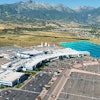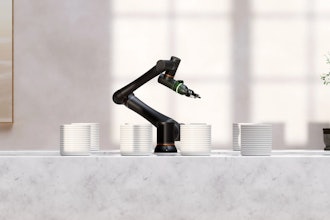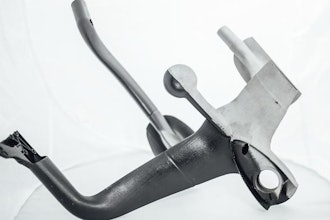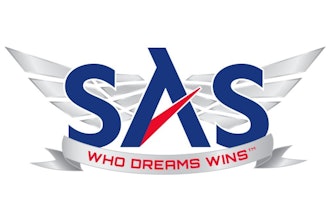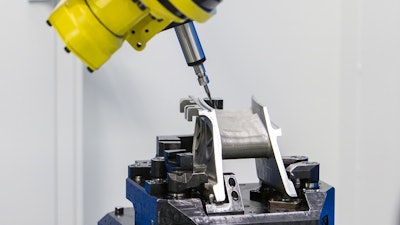
Yesterday marked the inauguration of two new high-tech component production lines at the GE Oil & Gas plant in Talamona, Italy.
A new nozzle production line is the first completely automated line, and a new additive manufacturing line will use laser technology to 3D print end burners for gas turbine combustion chambers.
These new advanced manufacturing lines establishes this site as a center of excellence for the oil and gas industry.
The official unveiling of the upgraded turbine and compressor components manufacturing facility is the result of a EUR 10 million ($11.14M USD), two-year investment to establish the plant as one of its most cutting-edge production centers. Previous investments in 2013 increased the plant’s production capacity.
The new nozzle production line is the first completely automated line in a GE Oil & Gas plant. It utilizes two anthropomorphic robots capable of employing 10 different technologies, including electrical discharge machining, measurement and laser beam welding.
With this new line, GE will be able to produce components in Talamona that it previously purchased from third-party suppliers.
GE is pioneering the industry’s foray into additive manufacturing which offers increased speed and accuracy in component production. The technology, also utilized heavily in the aviation, medical and design industries, represents the next frontier for energy manufacturing.
After extensive validation of additive during prototyping of the NovaLT16 gas turbine, GE decided to move the technology into full production, leveraging the design enhancement capabilities, cycle time reduction and improved product quality.
The site is also managed with state-of-the-art software with the capacity not only to schedule activities, but also to support maintenance activity that is no longer simply “preventative” but “predictive.”
GE has been investing and growing its work in additive manufacturing across R&D sites spanning Bangalore (India), Niskayuna (Japan), Michigan (United States), Shanghai (China) and Munich (Germany). The applications for that work span the entire GE footprint, including the use of cobalt-chromium alloys for jet engines that were originally used for joint replacements and dental implants.
Talamona coming online brings years of automation and 3D printing development and investment to fruition.
GE Oil & Gas opened an additive lab in Florence, Italy in 2013 with the installation of the first Direct Metal Laser Melting (DMLM) machine. Since then, the Laboratory has grown its capabilities thanks to the addition of two further machines for the development of Turbomachinery components and special alloys. Collaborations with GE Aviation and GE Global Research Centre have significantly accelerated the development of the technology within GE.
“The opportunities for the application of additive manufacturing and 3D printing in the oil and gas industry are only just starting to be explored, and it will require an ongoing rethink of component design and production approach,” said Massimiliano Cecconi, GE Oil & Gas Materials & Manufacturing Technologies Executive.
The new production lines are already working and will be fully operational by the start of 2017.



